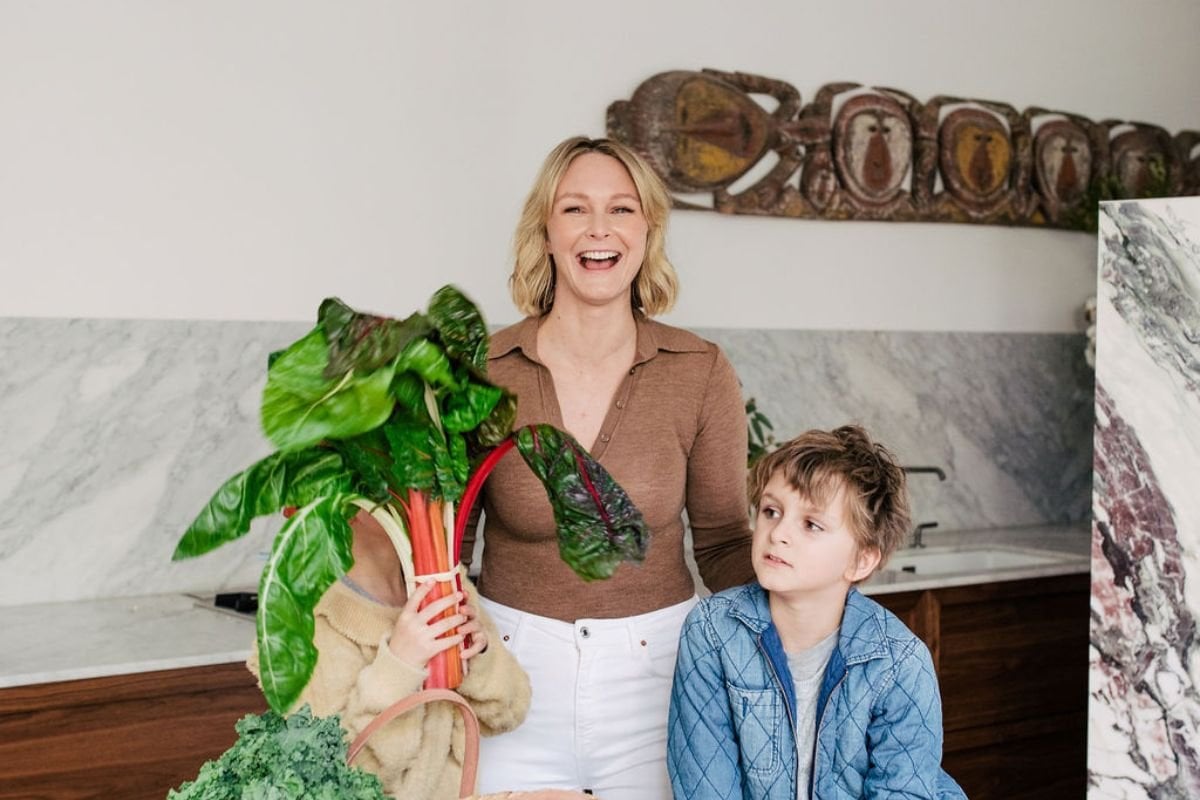

Gut health has become quite a popular term in recent years, but with all the information out there, it’s hard to know where to actually start improving it.
Having a healthy bowel and a good gut microbiome actually means achieving the right balance of good gut bacteria in our intestines – but easier said than done! To achieve a healthy gut, we need a strong mix of fibre (there are four different types), which we can derive from the consumption of natural ingredients. And if we can’t get enough of it through our diet, a multi-function fibre blend with all four types of fibre, like the Nu-Lax Natural Multi-Fibre, can provide similar benefits to whole foods.
Although it seems simple, there’s a lot of information to sort through out there when it comes to achieving a healthy gut microbiome. Thankfully, clinical nutritionist Brittany Darling is here to help us out. Brittany’s work in the nutrition space focuses heavily on gut health, as well as nutrition for fertility, pregnancy and the post-natal period.
Here are the six questions she’s always asked.
What do people mean when they talk about ‘gut bacteria’?
‘Bacteria’ has its share of negative connotations, but references to ‘gut bacteria’ aren’t actually a bad thing.
“We are literally more bacteria than what we are human cells … every nook and cranny of our body has its own unique microbiome, or [is] made of these good and sometimes bad bugs,” Brittany tells Mamamia.
"The human gut contains trillions of microorganisms including bacteria, yeast, viruses and fungi. Collectively, all these organisms in the gut (mostly in the large intestine) are known as the gut microflora and sometimes called the microbiome.